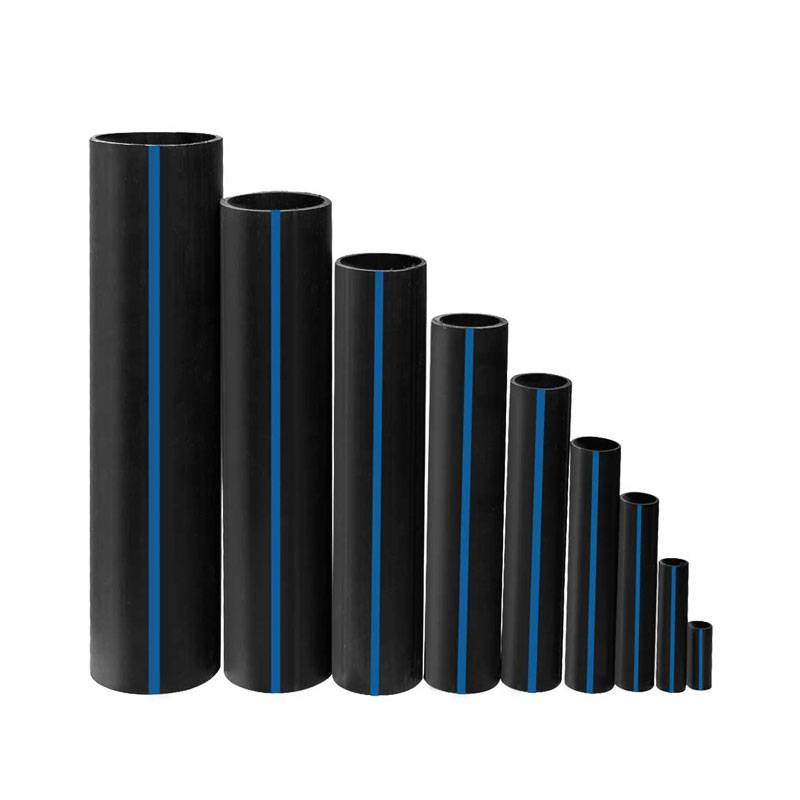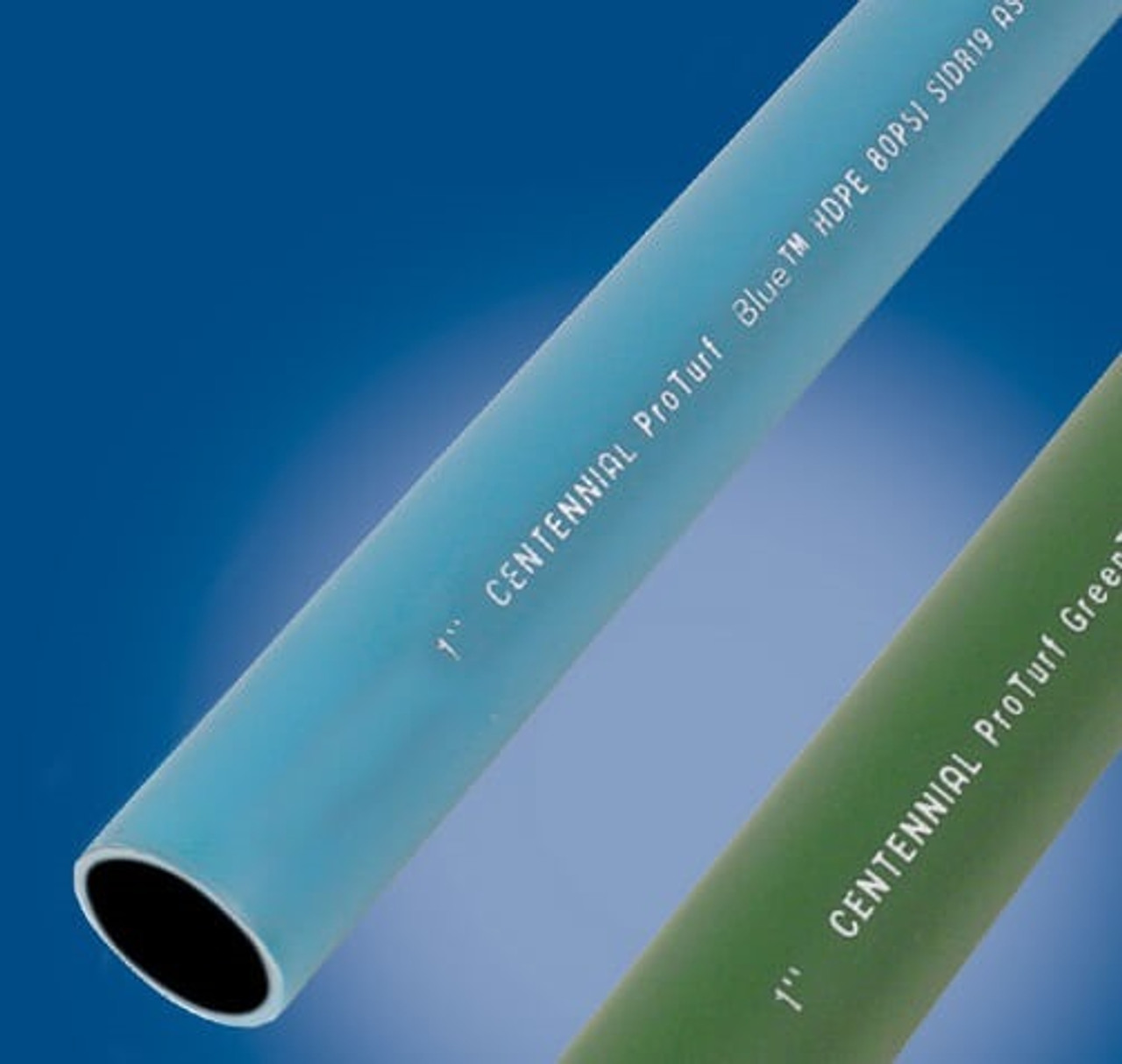The Crucial Steps for Effective Setup of HDPE Pipeline in Your Next Project
Successful installation of HDPE pipeline requires careful preparation and implementation. Trick steps include reviewing task requirements, preparing the site, and picking appropriate signing up with strategies. Each stage plays a critical duty in ensuring the honesty and performance of the pipeline. Recognizing these important steps can substantially influence the general success of the task - hdpe pipe suppliers Midland TX. The subtleties of each action might hold the trick to overcoming common challenges dealt with during setup.
Comprehending the Perks of HDPE Pipeline
High-density polyethylene (HDPE) pipeline supplies countless advantages that make it a preferred choice for different applications. Its high resistance to rust and chemicals assurances toughness popular settings, greatly extending the lifespan of setups. Furthermore, HDPE's versatility permits much easier installment, particularly in challenging terrains, as it can flex without damaging. The light-weight nature of HDPE pipeline simplifies transport and handling, reducing labor expenses throughout setup.
HDPE pipeline is recognized for its low friction coefficient, which boosts liquid circulation and reduces power intake. Its seamless construction reduces the threat of leakages, contributing to much better resource monitoring and environmental management. In addition, HDPE is recyclable, lining up with sustainable methods and lowering ecological impact. On the whole, the combination of strength, versatility, and eco-friendliness makes HDPE pipe a premium option for a variety of jobs, from water circulation to industrial applications.
Preparation Your HDPE Pipe Installment
When preparing an installment of HDPE pipe, mindful consideration of numerous essential factors is crucial to secure an effective project. Task managers need to examine the specific demands of the pipe, consisting of the intended use, circulation prices, and environmental conditions. Recognizing these parameters will assist the selection of proper pipeline dimensions and material quality.
Next off, timelines should be developed, considering procurement routines and any kind of potential delays. Sychronisation with neighborhood authorities for permits and regulatory compliance is likewise important. Furthermore, a detailed spending plan ought to be prepared, encompassing all expenses connected with products, labor, and equipment.
It is crucial to engage a qualified team experienced in HDPE pipeline installation. Their expertise will certainly help reduce risks, warranty adherence to sector requirements, and eventually add to the job's success. Detailed preparation prepares for a smooth installment procedure and resilient performance of the HDPE piping system.
Preparing the Site for Installation
Proper website prep work is essential for the effective installment of HDPE pipe. Before installation begins, the website has to be extensively analyzed to assure it satisfies all needed demands. This includes evaluating the ground for existing frameworks, utilities, and potential hazards that can hamper the setup process.

Appropriate elevation and positioning need to be established to preserve a constant slope for drain functions. Correct water drainage around the installment website is likewise essential to avoid water build-up, which can cause issues down the line.
Methods for Signing Up With HDPE Water Lines
Attaining a reliable connection in between HDPE pipelines is essential for guaranteeing the integrity and durability of the installation. Numerous strategies exist for signing up with these pipes, each fit for different project requirements. Fusion welding is one of the most usual techniques, making use of warm to bond the pipe finishes together, creating a smooth and sturdy connection. This technique can be more classified into outlet combination and butt fusion, relying on the pipe configurations.
Mechanical installations are one more choice, utilizing clamps and threaded adapters to sign up with sections of HDPE pipeline. While typically faster to mount, they may require added maintenance over time. Electrofusion is a customized technique that entails utilizing electric existing to heat and fuse the pipelines with particularly created fittings, ensuring a solid bond. Selecting the ideal signing up with technique is vital, as it directly affects the general efficiency and dependability of the HDPE piping system in the intended application.
Testing and Examination of Installed Pipeline
The screening and evaluation of installed HDPE pipelines are critical to guaranteeing their functionality and long life. This process incorporates visual examination methods, pressure screening approaches, and leakage detection treatments to determine prospective issues. By using these methods, specialists can validate the stability of the installation before it is taken into use.
Visual Inspection Techniques
Utilizing reliable visual evaluation techniques is essential for ensuring the honesty of installed HDPE pipes. Examiners should methodically examine all visible sections of the pipeline to identify any type of indications of damages, imbalance, or inappropriate installation. Key signs to examine consist of joint honesty, surface area abnormalities, and links. Examiners might use tools such as amplifying glasses or cams to improve exposure and detail. It is necessary to examine for indications of ecological anxiety, such as distorting or extreme bending, which might compromise performance. Regular documents of searchings for enables for tracking modifications in time and helps overview essential fixings. By sticking to recognized visual get more info evaluation protocols, project groups can significantly decrease the risk of future failings and ensure long-term reliability of the piping system.
Stress Checking Approaches
Aesthetic examination functions as a preliminary procedure, yet it is not adequate on its own to guarantee the efficiency of mounted HDPE pipes. Pressure screening methods are essential for ensuring the honesty of these systems. Usually, hydrostatic testing is used, where the pipes are loaded with water and subjected to stress levels over the intended operating stress. This method aids determine weak points or prospective leakages. Pneumatic screening can also be used, although it carries higher risks because of the compressibility of air. No matter of the technique picked, adhering to market standards and security methods is important. After performing pressure tests, thorough paperwork is essential to verify the outcomes and validate that the installation satisfies all functional requirements prior to continuing to the next stage of the job.

Leak Detection Treatments
Just how can one assure that installed HDPE pipes are devoid of leakages? Reliable leakage discovery treatments are vital to protect the stability of the system. Aesthetic examinations need to be executed, looking for indicators of water buildup or dirt erosion around pipe joints. Following this, stress screening can confirm the system's toughness. An usual technique is the hydrostatic test, where water is introduced under pressure, keeping an eye on for decreases that suggest prospective leaks. Additionally, progressed technologies, such as acoustic sensing units or infrared thermography, can identify leakages that might not be visible. Regular monitoring and maintenance more add to the durability of HDPE pipes, ensuring they continue to be leak-free throughout their functional life expectancy. Appropriate documentation of these treatments is essential for conformity and future recommendation.
Upkeep Tips for Long-Term Performance
To ensure the durability of HDPE pipelines, establishing a routine examination routine is necessary. This aggressive method enables for the very early discovery of possible concerns, decreasing expensive fixings. In addition, carrying out appropriate cleansing methods will help maintain peak performance and prevent build-up that can influence performance.
Normal Inspection Arrange
HDPE pipes are known for their longevity and resistance to corrosion, developing a normal inspection timetable is crucial for guaranteeing their long-lasting efficiency. Routine inspections help determine prospective issues such as leaks, joint honesty, and environmental effects that might affect the pipeline's capability. It is suggested that examinations take place a minimum of biannually, or extra regularly in environments with extreme conditions. American Plastics HDPE Pipe Manufacturing. During these analyses, visual checks should be performed to discover indications of wear or damages. Additionally, utilizing modern technology such as ultrasonic screening can provide additional understandings right into the pipe's problem. By executing a structured evaluation routine, job managers can proactively deal with issues, consequently extending the lifespan of HDPE pipes and maintaining system efficiency
Proper Cleansing Techniques
Appropriate cleaning techniques play an essential duty in maintaining the lasting performance of HDPE pipes. Regular cleansing protects against the build-up of particles, debris, and biofilm, which can lead to blockages and reduced circulation effectiveness. Operators should utilize methods such as high-pressure water jetting or foam cleaning to effectively eliminate impurities without damaging the pipeline surface area. It is crucial to avoid using severe chemicals that might weaken HDPE product. Additionally, set up maintenance checks need to consist of visual examinations for any kind of indications of wear or damages. Correctly trained employees should perform these cleansing procedures, making certain conformity with security and ecological policies. By implementing these techniques, the life-span of HDPE pipes can be significantly expanded, guaranteeing excellent performance throughout their functional life.
Frequently Asked Inquiries
What Are the Environmental Influences of HDPE Pipe Manufacturing?
The ecological effects of HDPE pipeline production consist of greenhouse gas emissions, energy intake during production, prospective plastic pollution, and difficulties in reusing. HDPE's longevity and resistance to rust can minimize some environmental worries.
How Does HDPE Pipe Compare to Other Products?

What Tools Are Required for HDPE Pipeline Installment?
Important tools for HDPE pipeline installment include a blend machine, pipe cutters, shovels, determining tape, and safety and security equipment. Proper equipment assurances effective, secure handling and installation, adding to the project's general success and stability.
Exist Any Kind Of Specific Regulations for HDPE Pipe Installation?
Particular guidelines for HDPE pipeline installment differ by area, often governed by local, state, or federal codes. Compliance with these policies assurances security, ecological security, and performance, making adherence necessary for effective task end results.
Can HDPE Piping Be Recycled After Usage?
Yes, HDPE pipelines can be reused after usage. Their polycarbonate nature permits reprocessing, making them ideal for reusing right into new products. This sustainability aspect contributes to environmental conservation and advertises round economic situation practices in construction.